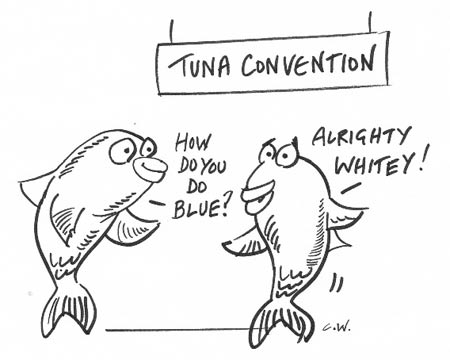|
|
New genetic technique to identify wrongly labelled foods |
A new technique known as DNA barcoding has been used by researchers at Sackler Institute for Comparative Genomics at the American Museum of Natural History to identify fish in New York sushi bars which have been wrongly labelled/sold. A quarter of what was labeled as tuna on sushi menus was bluefin, and some was even escolar, a waxy, buttery fish often labelled 'white tuna' that is banned for sale in Japan and Italy because it can cause gastrointestinal distress.
‘In conservation, the ability to identify species in trade is a prerequisite for CITES (Convention on International Trade in Endangered Species) listing, and this research confirms that this requirement can be met,’ says George Amato, Director of the Sackler Institute. ‘The long-term application of barcoding is the development of a hand-held identification device that anyone can use, so that wildlife management teams can seamlessly and efficiently identify a species and maybe the geographic origin of specific samples.' The new research is published in PLoS One. www.plosone.org For a fuller reportFirst Published in November 2009
Click here for more research reports
|











